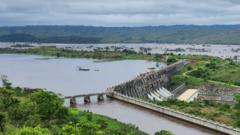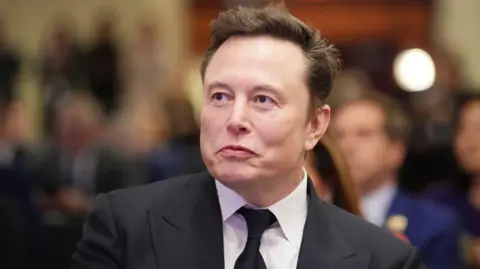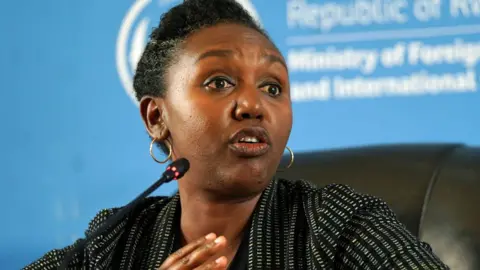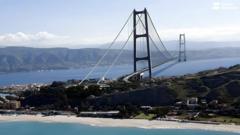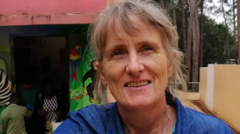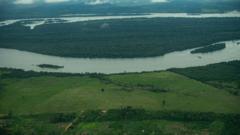The Grand Inga Dam, envisioned as the world's most significant hydropower project located on the Congo River in the Democratic Republic of Congo (DRC), has long promised to deliver enough renewable energy to revolutionize power access across vast regions of Africa. Initially conceptualized in the early 2000s, the dam is designed to produce double the electricity of China's Three Gorges Dam; however, the project remains a mere blueprint, with construction not yet underway despite decades of plans and meetings.
Investors have been attracted to the potential of the Grand Inga, as approximately 600 million people in sub-Saharan Africa lack adequate electricity access, according to the International Energy Agency. However, the DRC's history of poor governance, financial instability, and environmental concerns have cast a cloud of uncertainty over this project. The recent withdrawal of the Chinese state-owned Three Gorges Corporation further raises doubts about the project's viability.
Critics argue that the DRC is held to a more stringent standard than other nations for infrastructure initiatives, pointing to the international effort to build interconnected electricity networks that could harness the Congo River's immense hydropower potential. Previous attempts at revitalizing the existing Inga 1 and 2 dams have seen minimal success, with their operations currently limited due to lack of maintenance funding.
While the DRC government maintains that the Grand Inga project is moving forward, experts note that visible progress is lacking. The World Bank has recently reinstated discussions with DRC leaders after withdrawing their funding in 2016. This renewed engagement comes as a pan-African coalition seeks ways to attract private investment, though many remain skeptical given the historical context.
Supporters of the project describe it as pivotal for the economic future of Africa, arguing that it could catalyze significant industrial growth. However, environmental groups express deep concerns, citing the potential displacement of over 37,000 residents and risks to local biodiversity. The harsh reality remains that while the Grand Inga presents a groundbreaking opportunity for energy creation, numerous obstacles—from funding and governance to environmental protection—stand in the way of realization. Until a cohesive strategy aligns all stakeholders and secures necessary investments, the dream of the Grand Inga Dam remains just that—a dream with profound implications for millions.
Investors have been attracted to the potential of the Grand Inga, as approximately 600 million people in sub-Saharan Africa lack adequate electricity access, according to the International Energy Agency. However, the DRC's history of poor governance, financial instability, and environmental concerns have cast a cloud of uncertainty over this project. The recent withdrawal of the Chinese state-owned Three Gorges Corporation further raises doubts about the project's viability.
Critics argue that the DRC is held to a more stringent standard than other nations for infrastructure initiatives, pointing to the international effort to build interconnected electricity networks that could harness the Congo River's immense hydropower potential. Previous attempts at revitalizing the existing Inga 1 and 2 dams have seen minimal success, with their operations currently limited due to lack of maintenance funding.
While the DRC government maintains that the Grand Inga project is moving forward, experts note that visible progress is lacking. The World Bank has recently reinstated discussions with DRC leaders after withdrawing their funding in 2016. This renewed engagement comes as a pan-African coalition seeks ways to attract private investment, though many remain skeptical given the historical context.
Supporters of the project describe it as pivotal for the economic future of Africa, arguing that it could catalyze significant industrial growth. However, environmental groups express deep concerns, citing the potential displacement of over 37,000 residents and risks to local biodiversity. The harsh reality remains that while the Grand Inga presents a groundbreaking opportunity for energy creation, numerous obstacles—from funding and governance to environmental protection—stand in the way of realization. Until a cohesive strategy aligns all stakeholders and secures necessary investments, the dream of the Grand Inga Dam remains just that—a dream with profound implications for millions.

